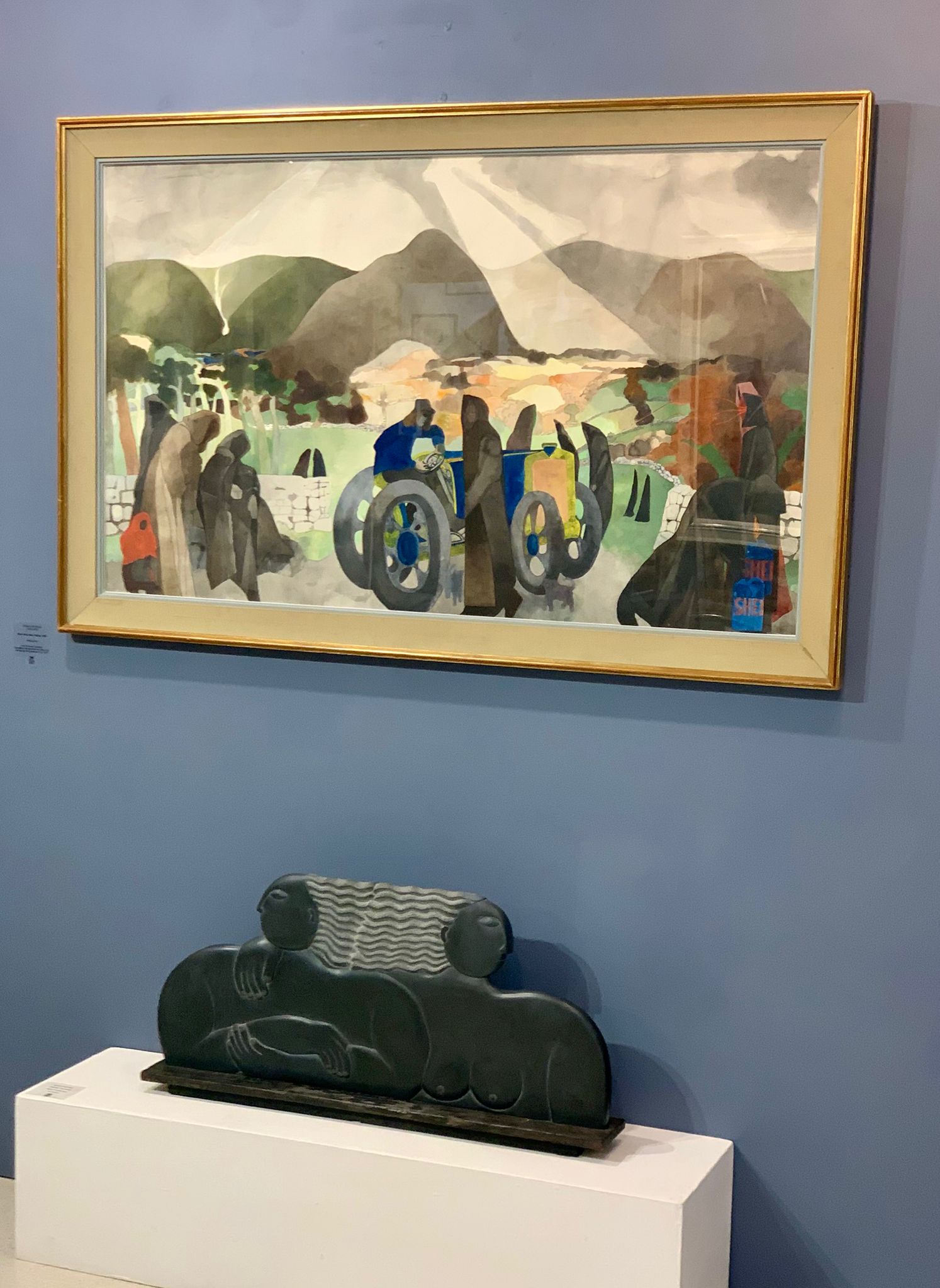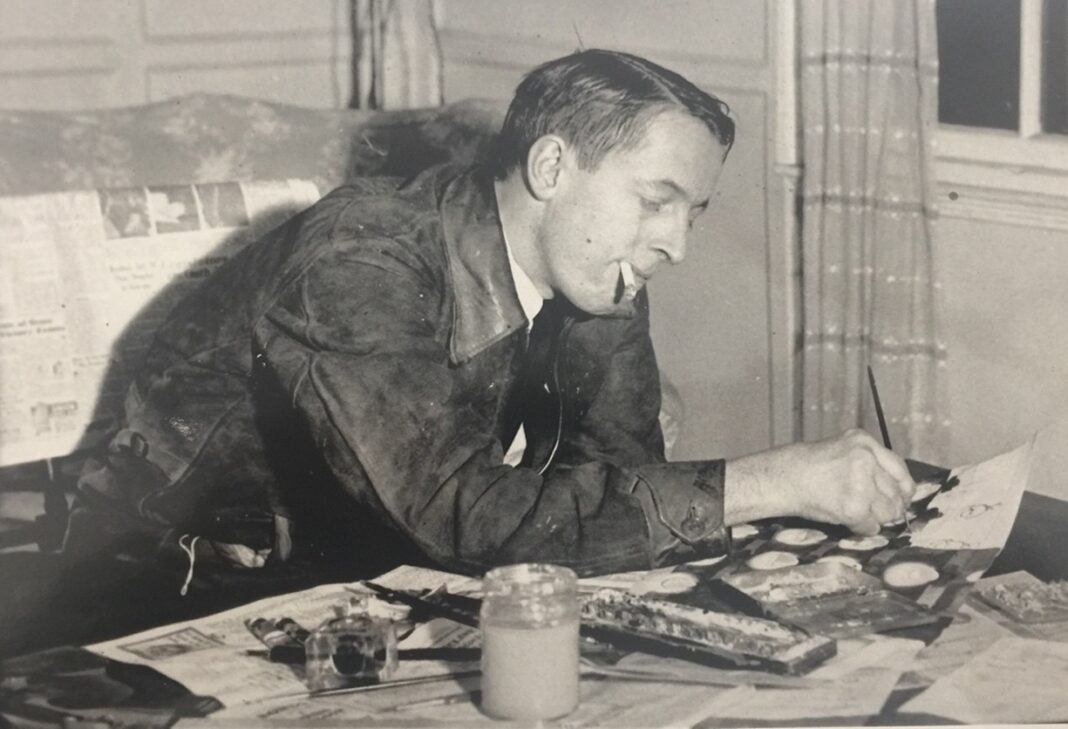Edward Burra (1905-1976) is a name that comes up regularly in Rye, as one of our most famous inhabitants and there are many people who remember, recollect and eulogise about this enigmatic individual. His artwork and his life were a journey of immeasurable achievement: he was overwhelmed with illness from birth but rather than allowing this to become his identity, he worked tirelessly creating the paintings we now recognise as some of the most famous watercolours in the art world.
In fact, so much so that one of the finest treasures of Rye Art Gallery’s permanent collection, the painting by “Ed”, Black Mountain, Wales (1968) has travelled up to London where it features in the Tate Britain exhibition on Edward Burra that opens next week on June 13.

To categorise Edward Burra would not only be offensive but also impossible within the regulations of art history. He skirts around surrealism, he meanders through landscapes lending them eerie figures that dissolve all that they see, and he encapsulates abstraction by creating familiar but at the same time unfamiliar spaces. Upon viewing his paintings you are drawn into an exhaustive range of influences, incorporating international observation planted with German cinematic references, the Baroque and jazz.
It is through his letter writing that the enigma that is Edward Burra sometimes dissipates, and we get a glimpse of his personality and thoughts through his caustic sentences to his beloved friends. This friendship circle lasted a lifetime for Burra and provided entertainment, love, laughter and loyalty. These communications are not just hilarious but provide a pinhole, enabling the reader to engage in their special creative world and can transport us to what it means to be an artist. Close friends like William Chappell, Barbara Ker-Seymer, Clover Pritchard, and of course Edward Burra’s mentor Paul Nash.

Trudging through the Burra archive in Rye is revealing: from uncovering erotic photographs to reading postcards from his travels to his close friends while he was “stuck” at home in the country working in Rye. They are accounts that reveal sexuality, love and obsession, a side of Burra’s past that history has generally avoided. This archive traces earlier incarnations of a queer time and space that resonates with the complex contradictions in Burra’s own life and work. For Edward Burra lived through times of freedom and exploration during 1920s, when he was a student and a “bright young thing” which then disappears until the 1970s when he illustrates drag queens during his wild pub visits to the Cambridge Arms in Hastings – a haunt for him and another good friend, John Banting, both in search of escape from the tearoom gossip and gift shops of a sometimes claustrophobic “Tinkerbell town” as he called it – a place that was and is still the rather wonderful Rye.
I suggest a trip up to the Tate Britain to see this new Burra exhibition is an absolute must- go visit and please visit Rye Art Gallery if you want to find out more about our special Burra art collection and archive.
Image Credits: Rye Art Gallery .




During my time as Chairman of Rye Art Gallery, one of the highlights was to mount our own exhibition of Burra works made up of the items from the permanent collection and also loans from family members and other individuals. This was extremely successful and attracted many Gallery visitors I hope this can be repeated as it was a very special exhibition
I love hearing stories of characters such as Burra and his cohorts. Sadly, they are a dying breed and we need to replace them; Rye has always been notorious for eccentrics and hopefully will continue to be so!